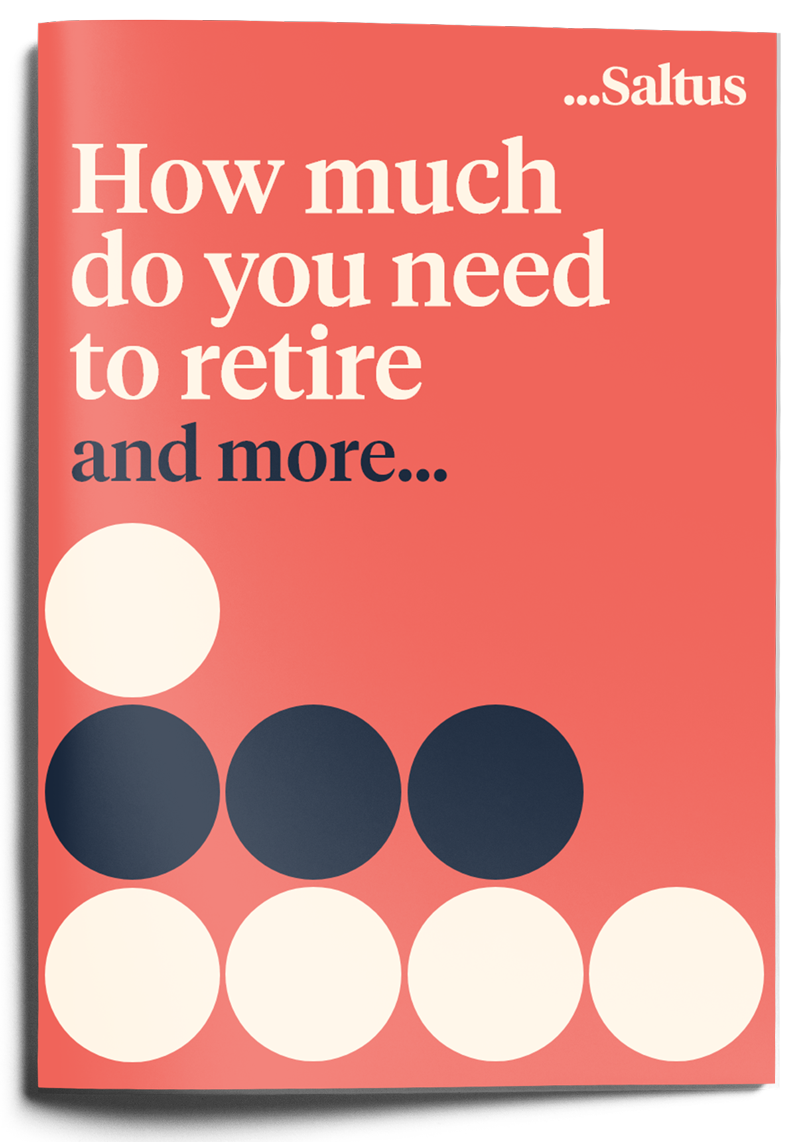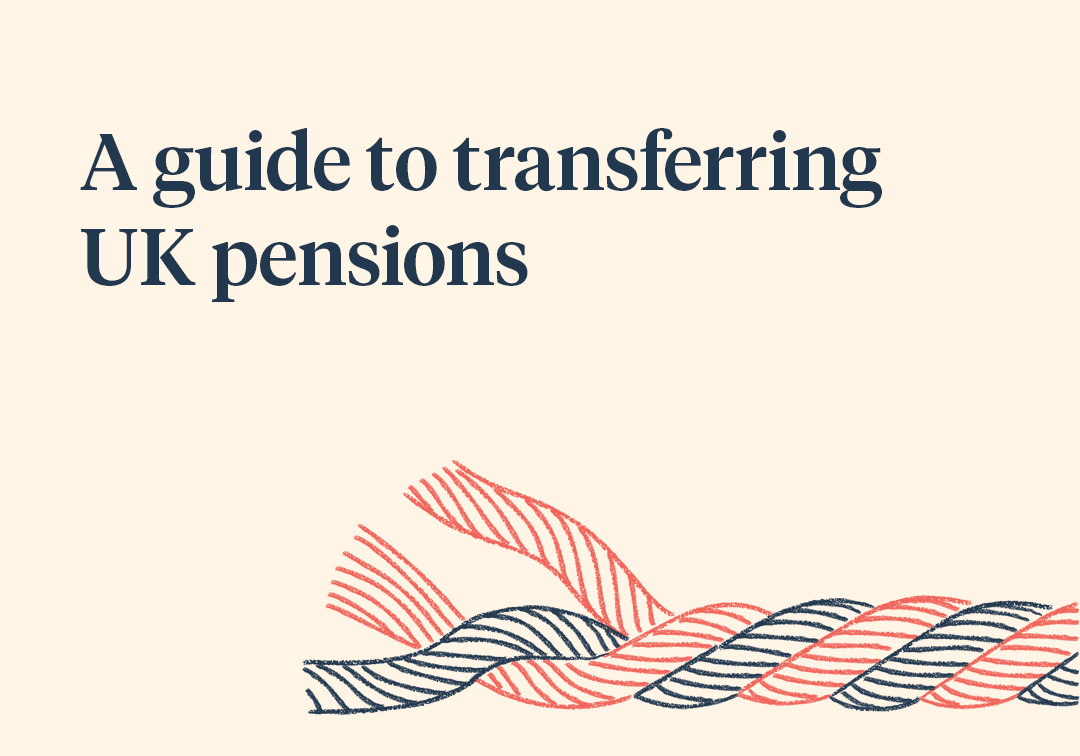Reports have shown that adults in their early 60s have nine times more wealth compared to those in their early 30s [1]. It is therefore unsurprising that a common aspiration among the ‘baby boomers’ is how to pass on their legacy. Although this concept is fairly simple, from a financial planning perspective it is far more complex.
One solution is to make an outright gift. Not only can this enhance wellbeing, as you get to witness your children benefiting from an early inheritance, but, depending on the size of your estate, it can also reduce inheritance tax. Nonetheless, there are emotive factors to consider and many worry about:
- How responsible their children are, so they seek a solution which enables them to retain some control
- The longevity of their children’s relationships and how they can protect against socio-economic changes – for example, divorce [2]





